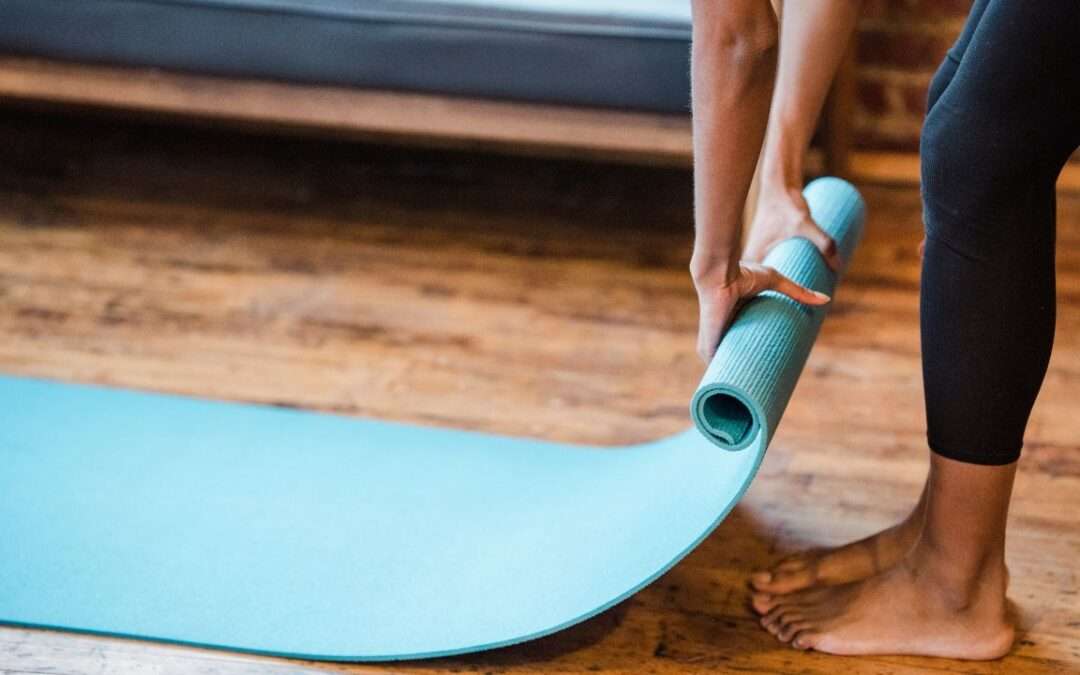
Ultimate Guide to Creating a High-Converting Website for Fitness Studios
A high-converting website is essential for fitness studios today. With so many clients searching online before committing to a fitness program, your website becomes the gateway to building trust, showcasing value, and driving memberships. But many fitness studios struggle to turn website visitors into paying clients due to common mistakes in design, navigation, and content.
In this guide, we’ll walk through the key elements of a high-converting fitness studio website and how to craft a site that resonates with your audience, builds your brand, and grows your client base.
1. Understanding the Problem: Why Many Fitness Studio Websites Struggle to Convert
Before diving into solutions, let’s look at some common reasons why fitness studio websites often fail to convert:
- Confusing Navigation: Many fitness studio websites are difficult to navigate, leaving visitors lost.
- Lack of Mobile Optimization: A large percentage of users browse on mobile, but some sites don’t adapt to different screen sizes.
- Missing CTAs (Calls-to-Action): A call-to-action like “Join Now” or “Sign Up for a Free Class” encourages visitors to take the next step.
- Outdated or Minimal Content: Visitors need to know what makes your studio unique and why they should choose you.
2. Solution: Key Elements of a High-Converting Fitness Studio Website
Let’s discuss the essential steps to create a website that not only attracts but also converts visitors into clients.
Step 1: Create a Welcoming and Brand-Aligned Homepage
The homepage is often the first interaction potential clients have with your studio. A welcoming, visually appealing homepage can set the tone for their experience.
Tips for a Great Homepage:
- Clear Headline and Subheadline: Start with a headline that speaks directly to your audience, such as “Transform Your Health in a Community You’ll Love.”
- Showcase Your Value Proposition: Use a short section on what sets your studio apart.
- Feature Testimonials: Social proof is powerful; include testimonials from happy clients to build trust.
- Add a Strong CTA: Buttons like “Book Your Free Class” or “See Our Class Schedule” should be easy to find and clickable.

Step 2: Optimize for Mobile Users
With the majority of people using their phones to browse, a mobile-optimized site is no longer optional; it’s essential.
Mobile Optimization Tips:
- Responsive Design: Ensure your site adapts to various screen sizes.
- Speed Optimization: Fast-loading pages improve user experience and SEO ranking.
- Simple Navigation: Keep menus minimal on mobile, and make buttons large enough to click with a finger.
Step 3: Prioritize High-Quality Visuals and Videos
The fitness industry relies heavily on visuals, so high-quality images and videos are essential.
Visual Content Tips:
- Professional Photography: Use well-lit, high-resolution images of your studio, trainers, and clients.
- Engaging Videos: Include short videos introducing the studio, showcasing classes, or explaining your approach.
- Virtual Tours: A virtual tour can give potential clients an inside look, increasing their comfort level before they arrive.
Including visuals doesn’t just make your website look better—it helps with SEO. Properly labeled images with keywords like “Yoga Class for Beginners” or “Personal Training Studio Tour” can improve your visibility in search engines.
With the majority of people using their phones to browse, a mobile-optimized site is no longer optional; it’s essential.

Step 4: Make Booking Simple with Clear Calls-to-Action
The primary goal of your website is to turn visitors into clients. That’s where CTAs come in. These should be strategically placed and encourage visitors to take the next step.
Effective CTA Tips:
- Highlight Free Trials or Intro Classes: “Book Your First Class Free” is a powerful motivator for new clients.
- Keep It Simple: Avoid lengthy forms; keep sign-ups or bookings short and user-friendly.
- Repeat Key CTAs: Place your main CTA in multiple locations across your site, like the homepage, services page, and in a sticky header.
Including visuals doesn’t just make your website look better—it helps with SEO. Properly labeled images with keywords like “Yoga Class for Beginners” or “Personal Training Studio Tour” can improve your visibility in search engines.
With the majority of people using their phones to browse, a mobile-optimized site is no longer optional; it’s essential.
Step 5: Create a Detailed, Engaging “About Us” Page
Your “About Us” page helps build trust by letting visitors know who you are and why you’re passionate about fitness. Personalizing this section can set your studio apart.
About Us Page Tips:
- Tell Your Story: Share how your studio started, your mission, and what drives your team.
- Introduce Your Team: Include photos and bios of instructors to create a personal connection.
- Showcase Studio Values: Outline what you stand for, like inclusivity, community, or expertise.

Step 6: Highlight Services and Membership Options
Potential clients want to know exactly what you offer and what each membership includes. Make this information accessible and easy to understand.
Service Page Tips:
- Separate Services into Categories: Divide services like “Yoga Classes,” “Personal Training,” and “Group Workouts” into different sections.
- List Membership Benefits: Emphasize unique perks like “Access to All Classes,” “One Free Personal Training Session,” or “Discounts on Retail Products.”
- Pricing Transparency: If possible, include membership costs directly on your website. Transparent pricing can be a deciding factor.
Step 7: Add Testimonials and Case Studies
Testimonials from happy clients can significantly boost your credibility. People trust other people’s opinions, so testimonials can be persuasive.
Tips for Effective Testimonials:
- Feature Diverse Testimonials: Include a mix of new clients, regulars, and those who achieved specific goals.
- Use Visuals: Whenever possible, add a picture of the person giving the testimonial.
- Add Case Studies: Share detailed stories of client transformations or milestones to inspire prospective clients.

Step 8: Implement SEO Best Practices
To drive organic traffic, optimize your website with SEO strategies so your fitness studio ranks well in search engine results.
SEO Tips for Fitness Studios:
- Keyword Research: Use keywords like “best fitness studio in [location],” “yoga classes,” or “personal training.”
- On-Page SEO: Include keywords naturally in your headings, content, and image alt tags.
- Blogging: Regularly posting blogs can help improve your SEO. Write about topics your audience is interested in, like “Fitness Tips for Beginners” or “How to Prepare for a Spin Class.”
Step 9: Use Analytics to Continuously Improve
Once your website is live, tracking performance with tools like Google Analytics can help you identify what works and where you can improve.
Analytics Tips:
- Monitor Bounce Rate: A high bounce rate could mean visitors aren’t finding what they need.
- Track Conversions: Set up goals in Google Analytics to track when visitors book a class, sign up, or contact you.
- Adjust Based on Insights: Regularly review your analytics and make adjustments, like improving page load times or reworking CTAs.























